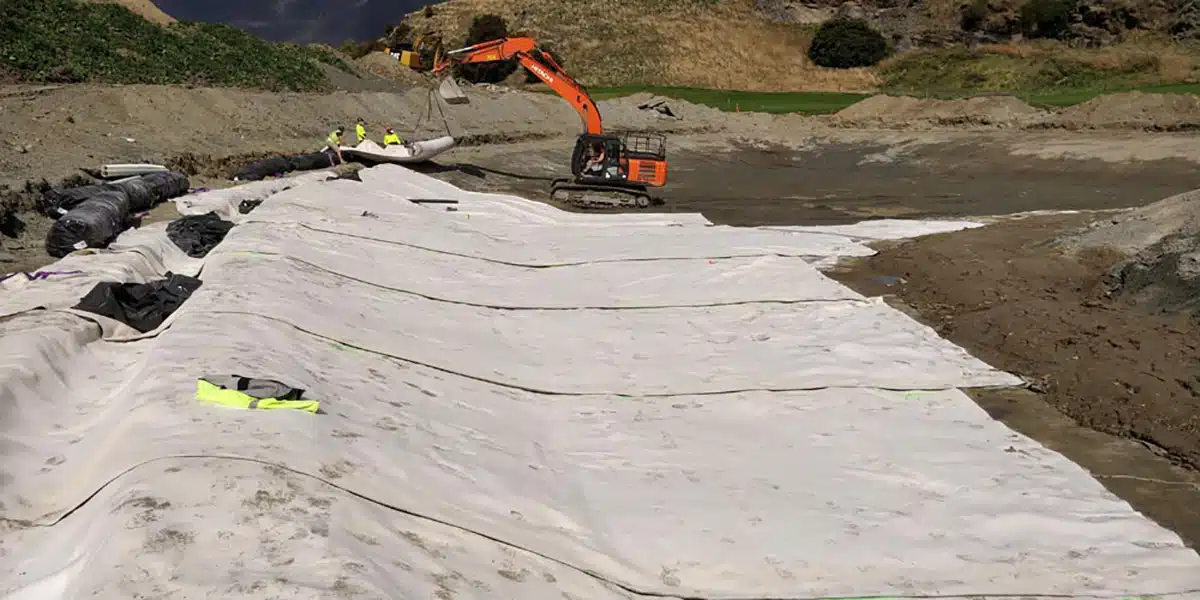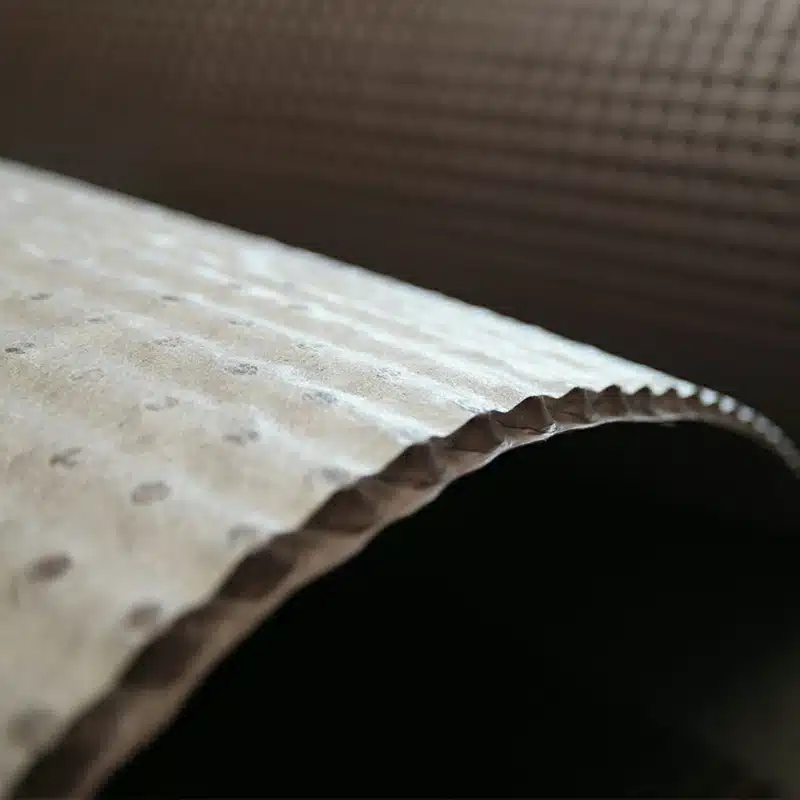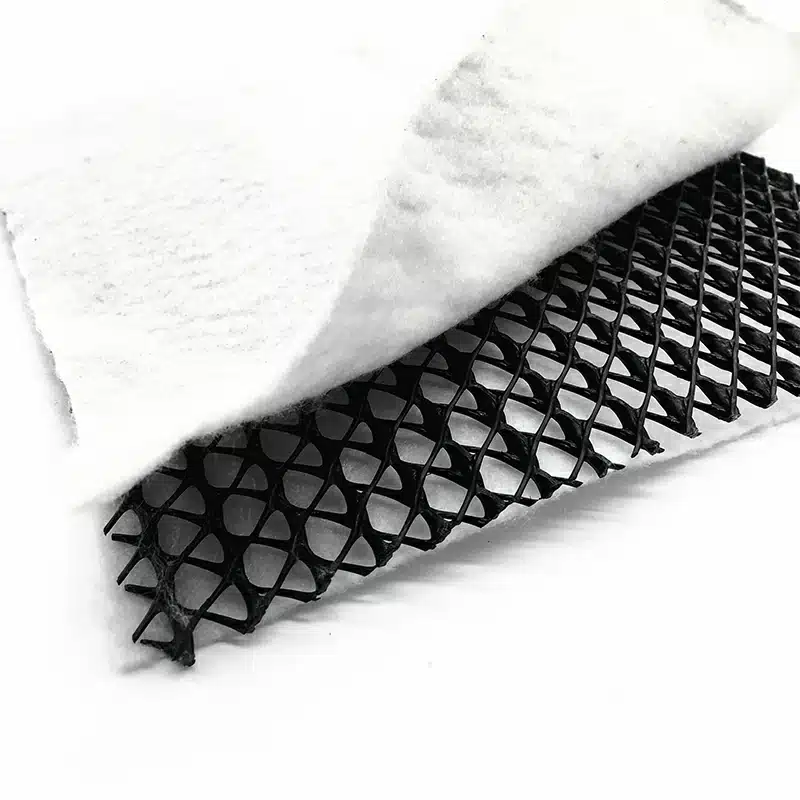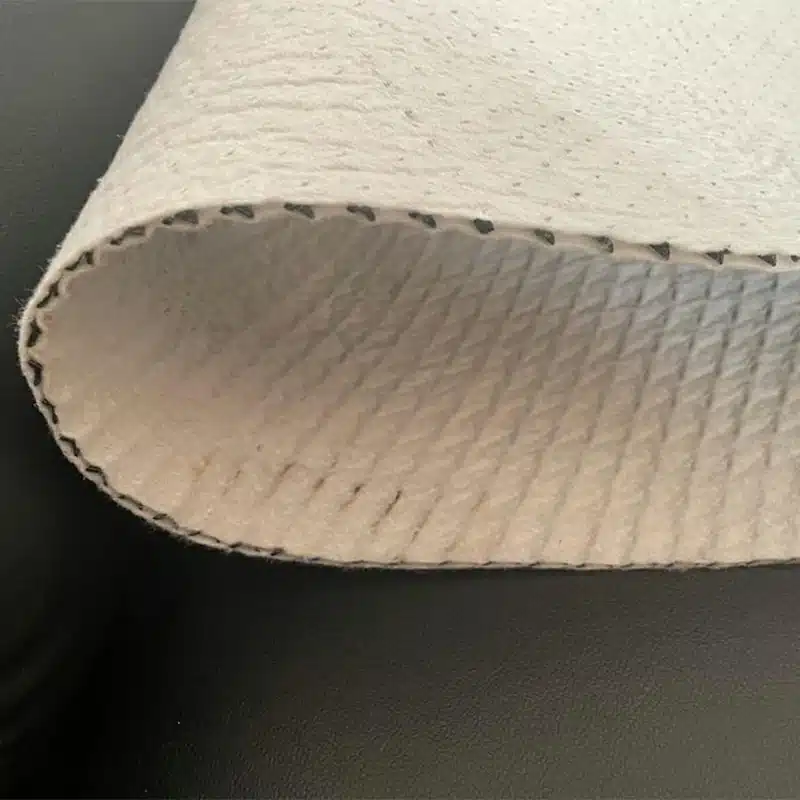+86-159 9860 6917
info@geofantex.com
geofantex@gmail.com
+86-400-8266163-44899
Geosynthetic retaining walls are innovative systems used in modern engineering to provide structural support and soil reinforcement in areas prone to erosion or instability. By integrating geosynthetic materials, these walls offer improved durability, flexibility, and efficiency compared to traditional retaining walls. This article explores what geosynthetic retaining walls are, the materials used in them, examples of geosynthetics, and their role in soil reinforcement.
What is a geosynthetic retaining wall?
A geosynthetic retaining wall is a structure designed to hold back soil or other materials, preventing them from shifting or collapsing. These walls utilize geosynthetic materials, such as geogrids or geotextiles, that are placed within the soil to provide reinforcement and stability. The geosynthetic reinforcement in the soil extends past the theoretical failure plane and serves to create a large rectangular mass of block and soil, restraining the retained soil. This design allows the wall to withstand greater loads and environmental stresses, making it an effective solution for areas like highways, slopes, and erosion-prone sites.

What is geosynthetic material?
Geosynthetic materials are man-made polymers used in civil engineering to enhance the properties of soil. These man-made materials used to improve soil conditions include geotextiles, geomembranes, geogrids, and geocells, all of which are designed to perform a range of functions, such as filtration, drainage, separation, and reinforcement. Due to their adaptability, geosynthetics can be applied to many construction projects, including retaining walls, landfills, and roadways.
What is an example of a geosynthetic?
An example of a geosynthetic is a geogrid, which is commonly used in retaining walls to reinforce the soil. Geogrids consist of a grid-like pattern that locks soil particles in place, increasing the wall
’
s overall strength and stability. Other examples of geosynthetics include geotextiles for filtration and separation and geomembranes for waterproofing purposes. In addition, composite geosynthetics such as geotextile-geonet, geotextile-geogrid, geonet-geomembrane, or a geosynthetic clay liner (GCL) are often employed to provide enhanced performance in complex applications.
Can geosynthetics be used as soil reinforcement?
Yes, geosynthetics are widely used for soil reinforcement. When placed within layers of soil, geosynthetics improve the soil’s load-bearing capacity, making it more resistant to movement and deformation. This adds significant stability and strength, providing the ability to construct steep slopes that require a smaller footprint to achieve the same height. This property is especially important in retaining walls, where geosynthetics prevent soil from shifting under pressure, ensuring the long-term stability of the structure.
Geosynthetic retaining walls offer a versatile and effective solution for soil stabilization in modern construction. By incorporating geosynthetic materials like geogrids, these walls are able to handle greater loads while providing enhanced durability and resilience. With a wide range of applications, geosynthetics have become a vital part of civil engineering, especially for soil reinforcement and erosion control.



Get Free Sample
We’ll respond as soon as possible(within 12 hours)






















